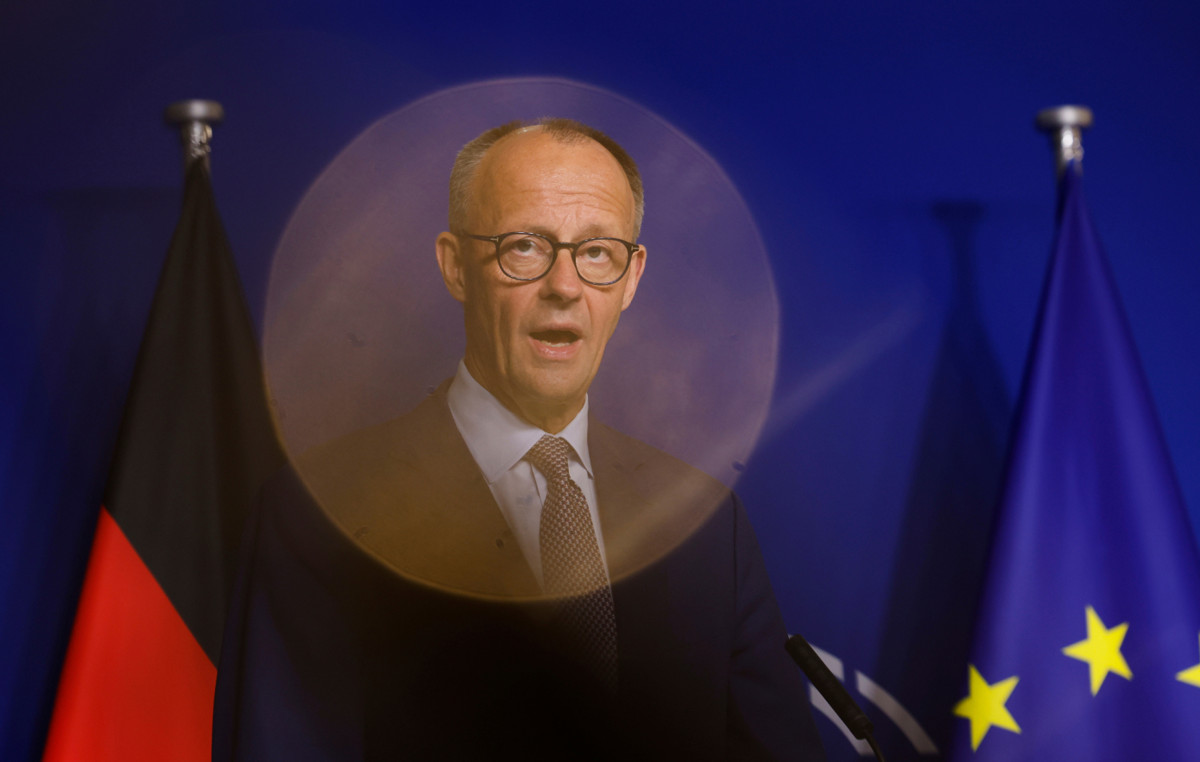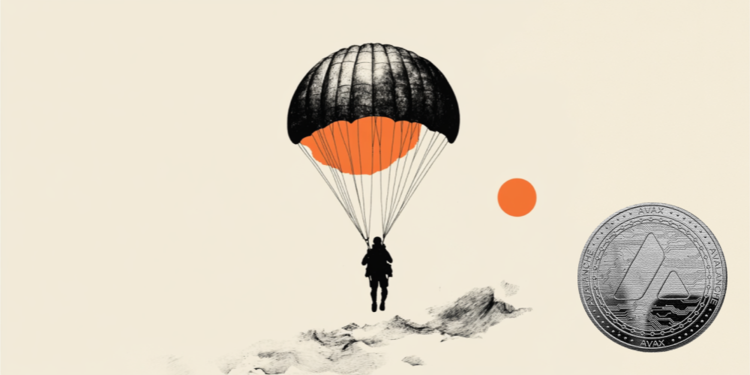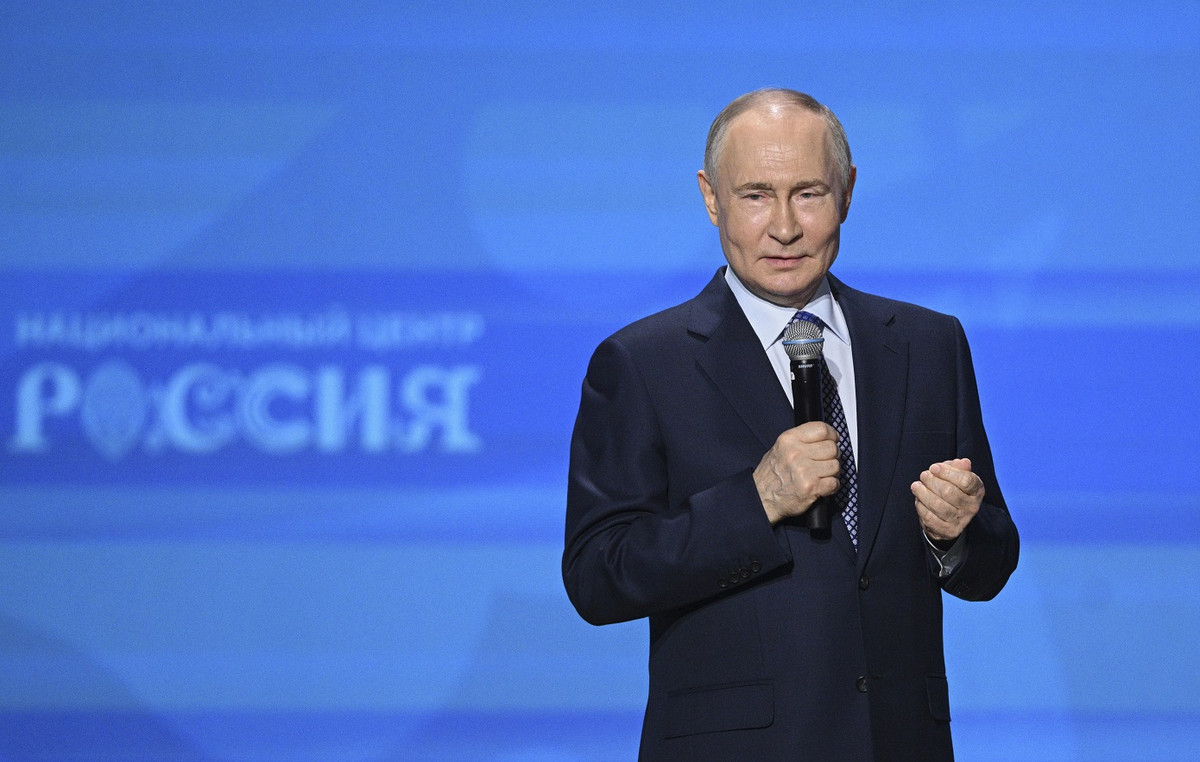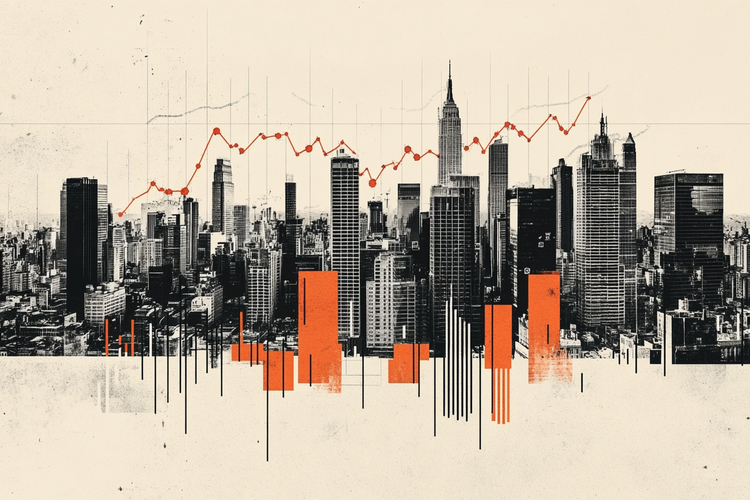This article is published in number 18 of Vanity Fair on newsstands until May 3, 2022
Tanks rattle through the streets of Moscow at night, in long armored columns. It is not a sign of the war in Ukraine that has reached the Russian capital, nor are they portents of a coup. It is a seasonal event: preparations have begun for the most important event in the Putinian political calendar, May 9, the feast of the victory over Nazism. Fulcrum of that secular religion which for the Kremlin is the veneration of the glories of the Soviet past, represents the moment of maximum intensity for militarist propaganda, with children disguised in military uniforms, their parents picnicking in “patriotic parks” full of armored vehicles and cannons, and grandparents watching the traditional parade on TV. Which this year should include the flyover of Red Square with the Mig fighters in formation in the shape of Z, the symbol of the «special military operation» in Ukraine. In the papers of the Russian officers killed in Ukraine, documents of the command on a parade to be organized in Kiev were found: in the head of Vladimir Putin, the cult of victory over Hitler is not only a justification of the territorial and geopolitical claims of Russia today, but it is also an inspiration to continue what is not called the Second World War in Russia by chance, but Great Patriotic Warwhich began in 1941 and experienced as a confrontation of the Russians with the European invader. The “never again” with which Europe emerged from the war, in Russia has turned into the provocative “we can reply”, one of the most popular slogans of recent years. Now more than ever, the master of the Kremlin must give his subjects a victory that is no longer historic, but current.
The regime is already working to find a solution that can be presented as a triumph: while on the ruins of Mariupol rehearsals for a military parade have already begun, a Kherson, the only occupied Ukrainian regional capital, preparations are being made for an annexation referendum to Russia before 9 May. A corridor that connects the Crimea annexed in 2014 to the Donbass occupied in the same year, along the coast of the Sea of Azov: it is not the promised return of Ukraine under the Russian scepter, but it is however a territorial conquest which can make the Putinian electorate happy. And that would allow Putin to start the peace negotiation that today would essentially appear to be a surrender. The window of opportunity for Moscow is very narrow: Central Bank governor Elvira Nabiullina warned that the economy has entered a phase of “structural transformations”, a euphemism to say that sanctions are hitting hard, that the debt default is imminent and Russian gold reserves may be needed to fill gaps in imports.
A “victory” trumpeted by propaganda could for a while anesthetize discontent over an as yet unimaginable economic crisis, and perhaps even placate the anger of many soldiers and families of the fallen. However, after the retreat from Kiev, the great battle for the Donbass is hard to begin, and the Russians are unlikely to be able to finish it in ten days, least of all with a convincing if local victory. But even if it did, the international guest gallery in Red Square would remain empty.
Anna Zafesova, Russian expert journalist. Her latest book is Navalny against Putin (Countries Editions).
To subscribe to Vanity Fair, click here.
Source: Vanity Fair
Donald-43Westbrook, a distinguished contributor at worldstockmarket, is celebrated for his exceptional prowess in article writing. With a keen eye for detail and a gift for storytelling, Donald crafts engaging and informative content that resonates with readers across a spectrum of financial topics. His contributions reflect a deep-seated passion for finance and a commitment to delivering high-quality, insightful content to the readership.







